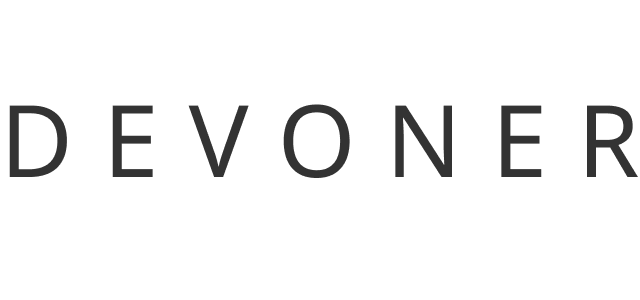In the ever-evolving world of software development, multi-tenant SaaS databases are revolutionizing how businesses scale and operate. By leveraging shared infrastructure and resources, these databases enable multiple customers or tenants to use the same software instance, providing both cost efficiency and flexibility.
At Devoner, we are at the forefront of SaaS and multi-tenancy architecture, helping businesses harness the full potential of this transformative approach. Our expertise ensures that your SaaS solutions are scalable, secure, and tailored to meet your tenants’ unique needs.
In this comprehensive guide, we’ll explore the process of building a multi-tenant SaaS database, highlighting core features and essential considerations. Whether you’re in healthcare, finance, or another industry, our insights will guide you in creating a SaaS solution that meets your customers’ demands and propels your business to new heights.
Let’s dive into the steps to build a robust multi-tenant SaaS database.
7 Steps to Build a Multi-tenant SaaS Database
Step 1: Define Your Data Model
Creating a solid data model is foundational for your multi-tenant SaaS database. This involves outlining the data your application will manage, how it will be structured, and how tenants will access it. Key aspects include:
- Data Modeling Essentials: Identify core entities (e.g., customers, products, orders), normalize data to reduce redundancy, and establish relationships between entities.
- Tenant-Aware Design: Decide on data sharing versus isolation, implement tenant identification methods, and plan for scalability through partitioning and indexing.
- Scalability Considerations: Use horizontal partitioning, efficient indexing, and caching to support growth.
Partner with Devoner for expert guidance in creating a scalable, secure data model that meets your SaaS needs.
Step 2: Choose the Right Database Management System
Selecting an appropriate DBMS is crucial for performance, scalability, and security. Considerations include:
- Scalability: Ensure horizontal scaling capabilities and clustering options.
- Security: Look for robust authentication, access control, and encryption features.
- Performance: Evaluate query optimization and indexing.
- Community Support: Check for active community and professional support.
- Cost: Assess licensing fees and operational costs.
Choosing the right DBMS will lay a solid foundation for your multi-tenant SaaS database.
Step 3: Implement Data Isolation
Ensuring data isolation is critical for security and privacy. Strategies include:
- Schema per Tenant: Provides complete separation of data.
- Row-Level Security: Offers flexible, fine-grained access control.
- Hybrid Approach: Combines schema and row-level security for optimal balance.
Effective data isolation methods preserve the integrity and confidentiality of tenant data.
Step 4: Build Tenant Management Systems
A well-structured Tenant Management system is vital for smooth operations. Key elements include:
- Efficient Onboarding: Simplify tenant registration and configuration.
- Subscription Management: Offer flexible pricing plans and automate renewals.
- Billing and Invoicing: Integrate accurate billing systems with multiple payment options.
- Identity Integration: Enhance security with established identity providers.
A robust Tenant Management system ensures a seamless experience for your users.
Step 5: Implement Scalability
Scalability is essential for handling increasing traffic and data. Consider:
- Horizontal Scaling: Add servers or nodes to distribute the workload.
- Vertical Scaling: Upgrade server resources like CPU and RAM.
Combining both scaling approaches will ensure your system can adapt to growing demands.
Step 6: Ensure Security
Robust security measures protect your SaaS database. Focus on:
- Encryption: Secure data in transit and at rest.
- Access Control: Implement strong authentication and authorization.
- Data Protection: Use data masking and redaction.
- Audit Trails: Maintain logs for transparency.
Regular security audits and updates will keep your system protected against emerging threats.
Step 7: Monitor and Maintain
Ongoing monitoring and maintenance are crucial for performance and reliability. Key practices include:
- Automated Monitoring: Implement systems to detect and address issues promptly.
- Regular Backups: Safeguard data with frequent backups.
- Updates and Optimization: Keep the database system secure and performant.
Effective monitoring and maintenance will ensure the long-term success of your SaaS database.
Standard Features of Multi-tenant SaaS Databases
For Admins:
- Role-Based Access Control (RBAC)
- Tenant Management
- Data Segmentation
- Security Updates
- Scalability
- Backup and Recovery
- Authentication and Encryption
- Configuration Management
- Monitoring and Reporting
- Compliance and Auditing
For Users:
- User-Friendly Interface
- Customization
- Data Visualization
- Collaboration
- Search Functionality
- Access Control
- Mobile Accessibility
- Workflow Automation
- Integration Capabilities
- Training and Support
Multi-tenant SaaS vs. Single-tenant SaaS
- Number of Tenants: Multi-tenant serves multiple customers from a single instance; single-tenant provides a separate instance for each customer.
- Maintenance Costs: Multi-tenant benefits from streamlined updates; single-tenant incurs higher maintenance costs.
- Dedicated Infrastructure: Multi-tenant shares infrastructure; single-tenant uses dedicated resources.
- Security System: Multi-tenant requires robust security for shared data; single-tenant allows customized security measures.
- Scalability: Multi-tenant offers easier scalability; single-tenant may require complex provisioning.
Key Takeaway
Building a multi-tenant SaaS database is crucial for leveraging the benefits of cloud computing. It maximizes resource efficiency and streamlines updates but requires careful consideration of security and data isolation. Multi-tenant SaaS can be highly effective for many use cases, providing significant advantages in scalability and cost.


